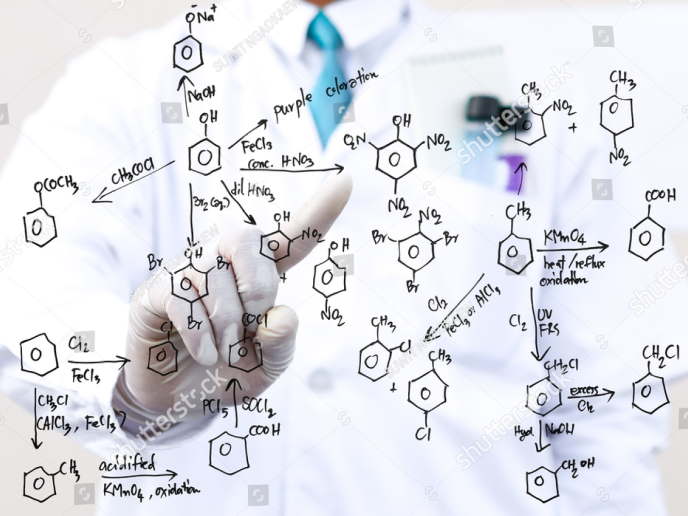Pathways driving tumour biology
In normal cells, nearly all cellular processes are carefully regulated through modulation of protein structure, localisation and function. This takes place through protein ubiquitination, a post-translational modification of proteins that determines their activity, cellular location or guides them to proteolysis. Scientists of the EU-funded SMURF2 IN CANCER project aimed to delineate how protein ubiquitination is affected in cancer. Their work focused on chromatin organisation and genomic integrity, two of the processes required for maintaining homeostasis in normal cells. DNA damage repair and integrity are prominently compromised in cancer to provide growth advantage of tumour cells and protection against anti-cancer drugs. SMURF2 in oncogenesis Accumulating evidence indicates that SMURF2, an E3 ubiquitin ligase responsible for adding ubiquitin to target proteins may constitute an attractive target for cancer treatment. This enzyme functions in a cascade of reactions that lead to protein ubiquitination. ‘Recent reports suggest that SMURF2 may play a dual role in carcinogenesis, as both a tumour suppressor and an oncogene,’ project co-ordinator Dr Blank explains. Patients with different types of cancer present with altered levels and aberrant cellular distribution of SMURF2, indicating that it is implicated in carcinogenesis. At the same time, mice lacking SMURF2 are prone to developing various types of tumours, suggesting that this enzyme may act as a tumour suppressor. However, many aspects in our understanding of SMURF2 biological function in cancer remain unclear. ‘We wanted to delineate the spectrum of molecular mechanisms operating in the cell under the jurisdiction of the ubiquitin ligase SMURF2,’ Dr Blank continues. So far, progress in this area had been limited by the lack of appropriate human cell models. During the SMURF2 IN CANCER project, scientists investigated the interactions between SMURF2 and selected binding partners in different types of mammalian cells. To further elucidate the role of SMURF2 in cancer, they generated models of normal and cancer cells where Smurf2 had been deleted using cutting edge gene-editing technology. They discovered that cells deficient in SMURF2 exhibited reduced ability to resolve DNA damage and pathological chromatin bridges, a hallmark of chromosome instability. This led to the accumulation of chromosomal aberrations such as translocations capable of ultimately causing cancer. Intriguingly, when scientists introduced DNA topoisomerase IIα into SMURF2-depleted cells, they successfully rescued this phenomenon. The role of SMURF2 in anti-cancer therapy DNA topoisomerase IIα is responsible for maintaining genomic integrity and inheritance during DNA duplication by untangling the double helix. It serves as a major target of several anticancer drugs, including etoposide. ‘Our results identified SMURF2 as an essential regulator of DNA topoisomerase IIα,’ Dr Blank states. Furthermore, researchers observed that SMURF2 levels directly affected cell sensitivity to etoposide, indicating its role in the outcome of DNA damage-inducing therapies. Despite advances over the years in the treatment of specific cancer types, eradicating the disease, especially in its metastatic forms, has yet to be achieved. This clearly emphasises the urgent need for exploration of novel therapeutic targets and paradigms by delineating fundamental molecular mechanisms operating in cancer. The results of the SMURF2 IN CANCER project shed light into a specific pathway that seems to affect tumour cell sensitivity to anti-cancer therapies. They also unveil new molecular targets for the design of novel anti-cancer drugs. Dr Blank’s view of the future is ‘to improve anti-cancer therapy outcome even in cases where treatment has failed to show satisfactory effects.’







